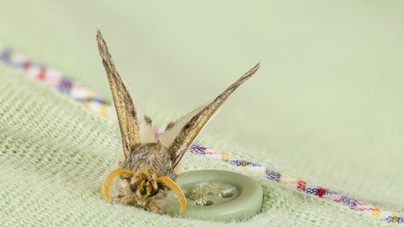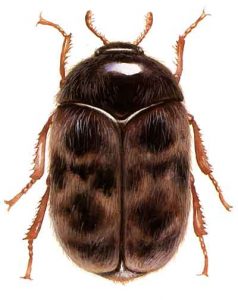
Supermarkets are the best place for the pests to multiply and thrive due to large stores which can stock up to thousands of products from different sources with multiple supply chains. In a supermarket, there is food handling activities like meat and fish preparation, dairy products, fresh vegetables, and fresh fruits, bakery products in addition to packaged goods. In this business, it is important to maintain the hygiene and sanitation standards to prevent pest infestation which seems to be an intimidating task. But the pest infestation in supermarkets can damage the reputation and the customer trust which directly results into financial loss. Not just this but the business can also be closed by regulatory or health authorities and can lead to a huge amount of compensation and fines from the authorities.
Let’s have a look at some of the evidence for pest nuisance in supermarkets,
Rodent droppings shut down Temple City supermarket, and other health-related food closures in the San Gabriel Valley
By Hayley Munguia
Three sections of a Temple City supermarket were shut down last week when a health inspector noticed rodent droppings throughout the building, signaling an infestation.
The excrement was found in the Metro Supermarket at 4819 Temple City Blvd., in the general facility, as well as in its meat department and in its deli. Other violations found in the supermarket were that its meat department food surfaces were not adequately sanitized; neither the meat department nor the deli had adequate temperature regulation of the food; and an employee in the deli with a communicable disease or illness had been improperly allowed to handle the food.
Rodent dropping found on floor of Iceland supermarket in Co Wexford
By Claire Gorman
Three food businesses with evidence of rodents on the premises were ordered to shut last month, it
emerged on Thursday.
Rodent droppings were discovered on the shop floor of an Iceland supermarket in Gorey Retail Park
in Co Wexford. Object 1
The enforcement order stated that there was “evidence of gnawing to the packaging of numerous
multi-pack packets of crisps on the shelving for sale in the shop floor area”.
It added: “Pieces of gnawed crisps packaging were observed amongst rodent droppings on the
shelving in the shop floor area.
“There was evidence of gnawing to numerous individual packets of crisps within multi-packs of
crisps for sale.
“Upon further examination, rodent droppings were observed within the packaging of the multipacks
of crisps and within the individual packets of crisps in the multi-packs.”
The report said the violations were a “grave and immediate danger to public health”.
A canteen run by Get Fresh Catering in Beaufort College, Navan, Co Meath was closed due to
inadequate pest controls and a “heavy mouse infestation”.
AD Cash and Carry, St James Industrial Park in Inchicore, Dublin 8 was also forced to shut due to a
“significant number of rodent droppings” found throughout the premises.
Food Safety Authority CEO Pamela Byrne warned that rodents are a huge risk to public health.
She added: “The three closure orders in November cited inadequate procedures in pest control
which resulted in evidence of rodents in all three premises.
The presence of pest can cause huge economic loss to the owner of the business, suppliers and the staff.
We, at C Tech Corporation, have thought about this problem in detail and have come up with a viable solution. The solution is named Combirepel™. We are the sole manufacturers of the product Combirepel™.
Combirepel™ works on the mechanism of repellency.
Combirepel™ is an extremely low concern, low in toxicity, low hazard, non-carcinogenic and non-mutagenic insect aversive. It does not kill or cause harm to insects as well as to the environment which indirectly helps to maintain the ecological balance.
Combirepel™is available in the form of the liquid concentrate can be mixed in paints in a predetermined ratio and be applied on the material which has to be protected from pests.
Combirepel™in the lacquer form can be applied topically to the applications. The lacquer is compatible with most of the surfaces like wood, concrete, metal, polymer, ceramic, cables, wires etc.
Combirepel™in the form of the masterbatch, which can be incorporated into the polymeric applications like polymeric tree guards, pipes, wires, cables, polymeric material, instruments and equipment.
Combirepel™ in the form of a spray can be sprayed to already installed wires and cables and any surface or material infested with pests.
Contact us at technical.marketing@ctechcorporation.com to keep the pests away.
Also, visit our websites:
http://www.ctechcorporation.com/
http://www.rodrepel.com/
http://www.termirepel.com/
http://www.combirepel.com/
Follow our Facebook pages at:
1] https://www.facebook.com/Combirepel-411710912249274/
2] https://www.facebook.com/Termirepel-104225413091251/
3] https://www.facebook.com/Rodrepel-120734974768048/
Follow us on our Twitter pages at:
1] https://twitter.com/rodrepel
2] https://twitter.com/termirepel
3] https://twitter.com/combirepel





